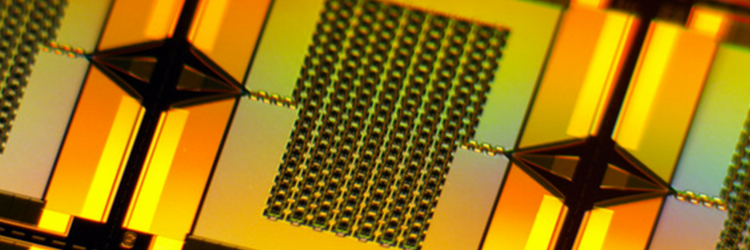Quantum Signals Up, Noise Down
There’s some noise in every quantum system that can cause unavoidable errors. They typically use “parametric” amplification to “squeeze” or decrease the noise affecting one variable while increasing the noise that affects its conjugate partner– total noise remains the same but is redistributed.
Researchers from MIT developed a new superconducting parametric amplifier that operates with the gain of previous narrowband squeezers while achieving quantum squeezing over larger bandwidths. They demonstrate squeezing over a broad frequency bandwidth of up to 1.75 gigahertz. Previous microwave parametric amplifiers achieved bandwidths of 100 megahertz or less. The results are greater efficiency and accuracy.
A quantum property known as the Heisenberg Uncertainty Principle requires a minimum amount of noise to be added during amplification, leading to the “standard quantum limit” of background noise. A Josephson parametric amplifier reduces the added noise by “squeezing” it below the fundamental limit by effectively redistributing it elsewhere.
A Josephson parametric amplifier is like an echo chamber with a superconducting nonlinear element called a Josephson junction in the middle. Photons enter the echo chamber and bounce around, interacting with the same Josephson junction multiple times. System nonlinearity is enhanced and leads to parametric amplification and squeezing. But, the junction is stressed since the photons traverse the same Josephson junction many times before exiting.
Instead of embedding a single or a few Josephson junctions inside a resonator, MIT researchers chained more than 3,000 junctions, creating a Josephson traveling-wave parametric amplifier. Photons interact with each other as they travel from intersection to intersection for noise squeezing without stressing any single junction.

